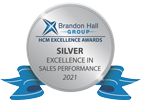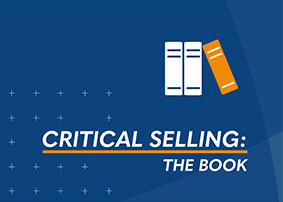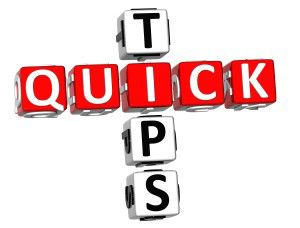It’s not too late! You still have the opportunity to land valuable face-time – or perhaps call-time – with targeted C-level execs by the end of the year.
Let’s take a look at some keys for effectively selling to the busy executive.
Grab their attention with something of value.
You have to earn the right to ask all the wonderful questions you have prepared to determine their needs—why should this busy executive take precious time to feed you with information? Your opening statement needs to have something of such compelling value that they cannot ignore it.
You need to stand out from the rest. Busy executives are used to salespeople vying for their attention and preaching about “value” so you need to have something that is uniquely and specifically of value for this particular executive. That means…
Prepare.
Before you even think about approaching your busy decision maker, read up on their business, their industry, and their products. Know what issues they face daily, monthly, annually. Know who their competitors are. Find out as much as you can through careful research. Once you have something of substantial value, then you can ask for the first meeting or sales call.
Build a powerful first sales meeting or sales call.
You want them to take your follow-up calls and meet with you again, so the first meeting must impress. Build rapport quickly by coming across as confident, knowledgeable, prepared, and attentive. Make good eye contact, use your body language, and listen carefully. Treat the busy executive as a real person not a stereotype.
Be clear and concise, not wordy and esoteric. Before you meet, practice talking about your executive’s particular business, industry, products, and issues so that you get the language into your head, and so that you learn to get to the point.
Script intelligent questions customized to your particular client’s business, industry, and products. Don’t rely on your stock questions—they will sound too general. Don’t bore them or make them work either—your questions should be compelling enough that they want to answer and clear enough that they understand connections you’re trying to make for them. Show interest in their business goals and objectives. Use your intelligent questions to probe.
Show them the results first.
When it comes time to presenting your solution remember the busy executive cares about the results that your product/solution/plan will produce, not a description of features or competitive advantages (save that for later when your client brings up the competition.) Show them what your solution will do for their business in as specific terms as possible—use numbers to quantify the results when you can.
Become a trusted advisor.
You have spent a lot of time and energy preparing for this business executive. Foster a long-term business relationship where you become a valuable resource the executive can rely on for information and perspectives relating to your product/service.
Expand your role beyond that of a salesperson. Follow up with your new executive customer after the sale and refresh the contact regularly and intelligently (see all of the above). Your busy executive may provide opportunities for cross-selling and up-selling and he or she probably knows other busy executives for referrals.
That’s it – the clock is ticking and it starts…now! Once you get these tactics down you’ll be able to hit the ground running in 2014.



































